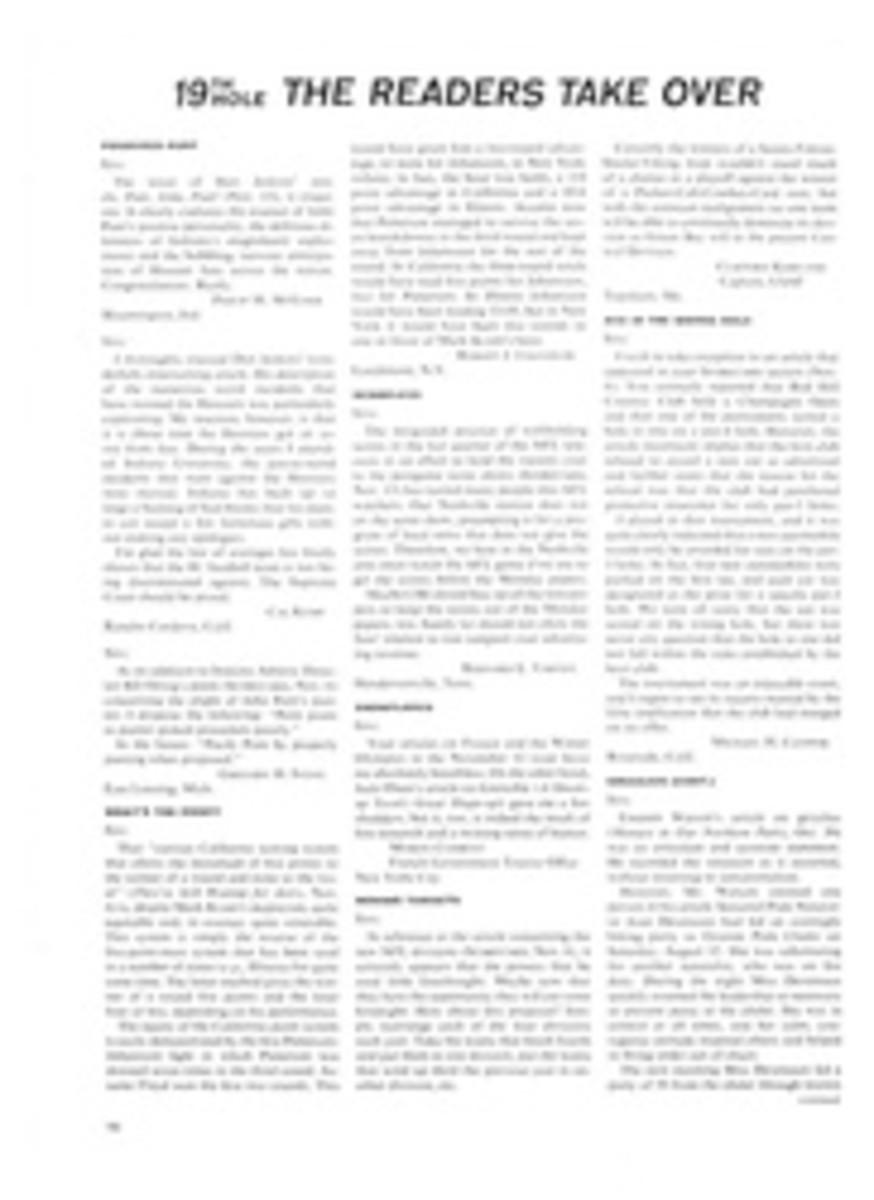
A magnificent new volume recalls the grandeur of four centuries under sail
Four centuries of exploration, commerce and conquest under canvas changed the shape of the world and every man's way of looking at it. They also provided the raw material for some of the world's handsomest picture books. The Great Age of Sail, a hefty volume printed in Switzerland for the International Book Society, is the latest—and possibly the handsomest—addition to the collection and worth every cent of its price: $30.
Far more than just a picture book—though its four-color reproductions are as fine as any put on paper—The Great Age is a scholarly and exhaustive study in both essay and illustration of all the salient aspects of its vast subject. In 13 separate articles by 10 world-spanning experts and in hundreds of magnificent reproductions of old maps, drawings, paintings and photographs, along with newly drawn deck layouts, lines and sail plans, Editor Joseph Jobé looks at the ships and men that made sailing history.
An occasional old painting, such as that of the Grand Mistress, a British vessel at the time of the Armada, resembles a sailor-man's nightmare, with the wind striking every sail from a different direction. But others, like Vroom's view of the British man-of-war Royal Prince entering Flushing Harbor in 1613. are vivid lessons in naval architecture A modern racing sailor, marveling at the quaintly old-fashioned beak on Vroom's Prince, will be surprised to see sailing just under it a smaller vessel rigged with the bendy mast and Bermuda-headed fore-and-aft sail of a modern 5-0-5 or Finn Monotype, a rig supposedly not thought of until some 350 years later.
Although many ships were "eyeballed," i.e., built by guess and by gracious, well into the 20th century, the golden age of shipbuilding was made possible by the combination of art and science in such designers as Phineas and Peter Pett, who built the Sovereign of the Seas for Charles I; Matthew Baker, who saw the streamlined relationship between the hull forms of fish and ships as early as 1586; and Frederic-Henry Chapman, the Olin Stephens of the 18th century.
The age they inaugurated did not fully capitulate to the age of steam until after World War I when square-riggers built of iron and steel were still carrying grain from Australia to Europe in successful competition with coal-driven freighters. It is characteristic of this fine volume that it illustrates the dusk of a glorious age in black-and-white photographs as grim and overcast as the paintings of an earlier time are bright with color and sunlight.

